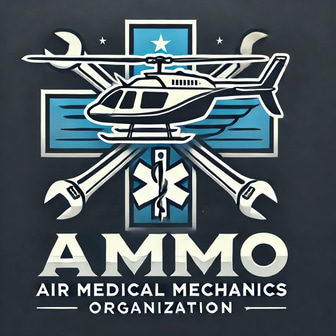Disclaimer: The information provided is for general informational and educational purposes only. Nothing contained herein shall be construed as guidance for, or a basis of, compliance of any regulatory or certification standards. This information must not be used as the sole basis for the certification, inspection, repair, modification, or return to service of any aircraft, product, or component. Users are responsible for consulting appropriate, approved technical data, regulatory authorities, before performing any maintenance, modification, or return-to-service actions.
FAA Weight & Balance Regulations and Standards
Weight & Balance Guidelines for Operators
Weight & Balance Handbook – This handbook provides fundamental principles of aircraft weight and balance. It explains proper weight distribution, center of gravity (CG) calculations, and loading techniques.
AC 120-27F – Establishes weight and balance control programs for commercial operators. It ensures safe aircraft loading, passenger weight estimations, and cargo distribution procedures.
Weight & Balance Regulations for Charter and Airline Operations
14 CFR 135.185 – Defines fuel requirements and landing weight limitations for Part 135 (charter) operators. It ensures aircraft meet necessary fuel reserves and weight conditions before departure.
AC 121-29B – Provides weight and balance management guidance for Part 121 (airline) operators. It details approved methods for aircraft weight control and operational compliance.
FAA Orders and Advisory Circulars for Weight & Balance Compliance
Weight & Balance Considerations in Aircraft Certification
AC 20-161 – Establishes methods for determining aircraft weight and balance during certification. It ensures proper CG location and compliance with airworthiness requirements.
FAA Oversight and Compliance Monitoring
FAA Order 8900V3CH47S1 – Provides FAA inspector guidance on weight and balance program compliance. It ensures operators adhere to weight control and aircraft loading regulations.
DCT 4.4.5 – Defines weight and balance inspection procedures. It includes data collection techniques for verifying aircraft load limits.
© 2024. All rights reserved.
Disclaimer: The information provided by the Air Medical Mechanics Organization (AMMO) is for general informational and educational purposes only. It has not been reviewed, approved, or accepted by the Federal Aviation Administration (FAA), any Organization Designation Authorization (ODA) holder, Type Certificate (TC) holder, Supplemental Type Certificate (STC) holder, or any aircraft or component manufacturer.
Nothing contained herein shall be construed as guidance for, or a basis of, compliance with FAA regulations, manufacturer-approved data, type certificate or supplemental type certificate requirements, or any other regulatory or certification standards. This information must not be used as the sole basis for the certification, inspection, repair, modification, or return to service of any aircraft, product, or component.
Users are responsible for consulting appropriate, approved technical data, regulatory authorities, and manufacturer guidelines before performing any maintenance, modification, or return-to-service actions. AMMO assumes no liability for the use or misuse of any information provided
